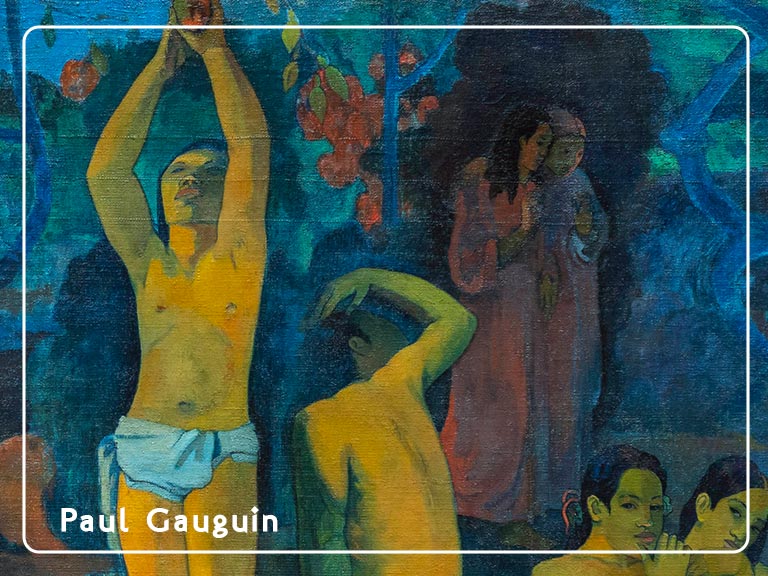Paul Gauguin, a French Post-Impressionist painter, is renowned for his vibrant use of colour and his exploration of exotic subjects. His artworks were instrumental in shaping the path of modern art, pushing the boundaries of representation and seeking new forms of artistic expression. In this blog post, we will delve into Gauguin’s life, his quest for artistic freedom, his fascination with the South Pacific, and explore some of his most notable works.
Eugène Henri Paul Gauguin was born on June 7, 1848, in Paris, France. Initially working as a stockbroker, Gauguin’s passion for art led him to abandon his career and pursue painting full-time. He was heavily influenced by the Impressionists but sought to move beyond their focus on surface appearances, aiming for deeper emotional and symbolic expression in his work.
In search of artistic inspiration and a desire for a simpler life, Gauguin embarked on a transformative journey to remote and exotic lands. He spent extended periods in Brittany, where he captured the rural life and traditions of the locals. However, it was his travels to Tahiti and the Marquesas Islands in the South Pacific that had the most profound impact on his art.
Gauguin’s time in Tahiti, from 1891 to 1893, produced some of his most famous and evocative works. Through his paintings, he aimed to capture the beauty, spirituality, and sensuality of the Tahitian culture. Pieces like “The Spirit of the Dead Watching” (1892) …..
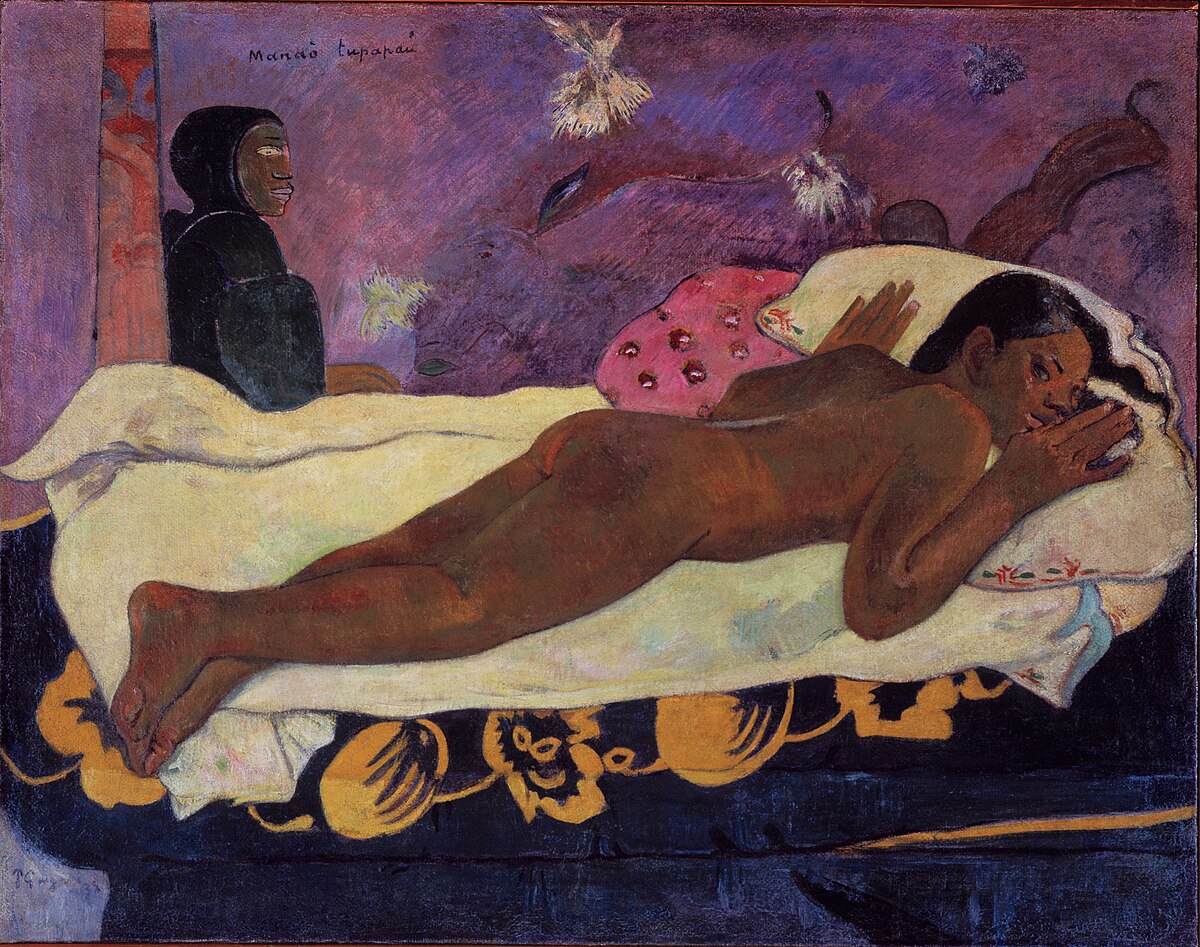
….and “Where Do We Come From? What Are We? Where Are We Going?” (1897-1898) depict mythical narratives, symbolising life, death, and the human connection to nature.
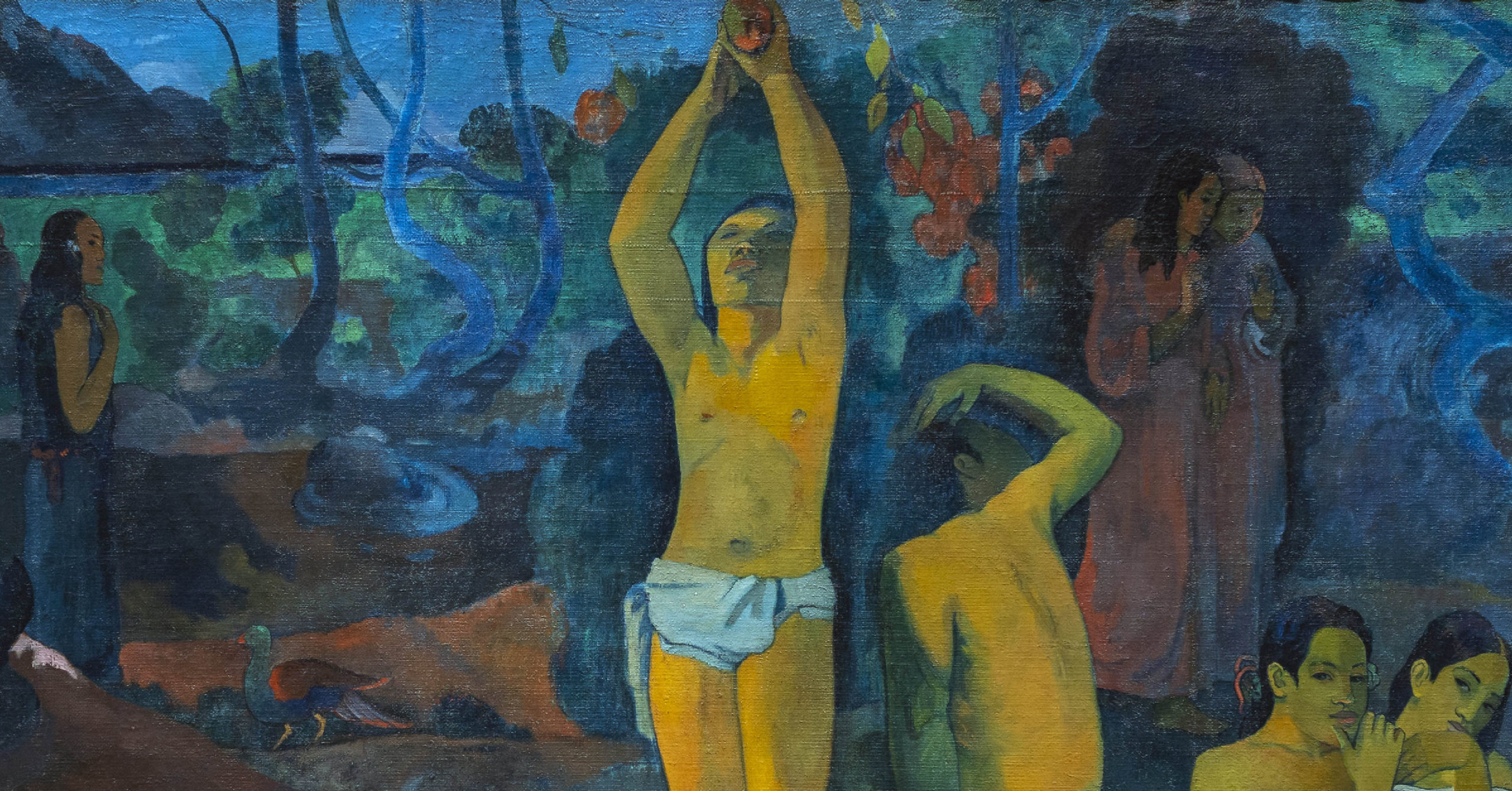
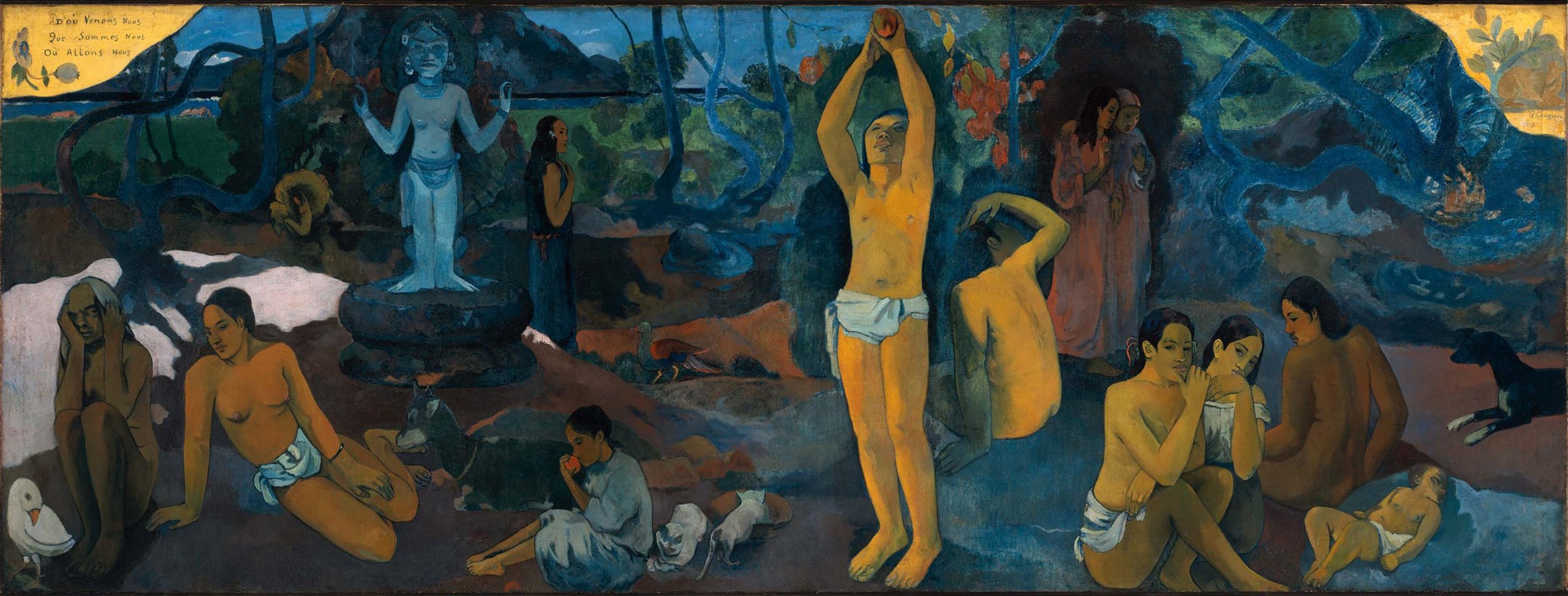
Gauguin developed a unique artistic style known as Synthetism, characterised by simplified forms, bold colours, and strong outlines. He sought to convey the essence of his subjects rather than their physical reality. This can be seen in his work “Vision After the Sermon” (1888), where he merges a religious vision with the reality of the Breton landscape.
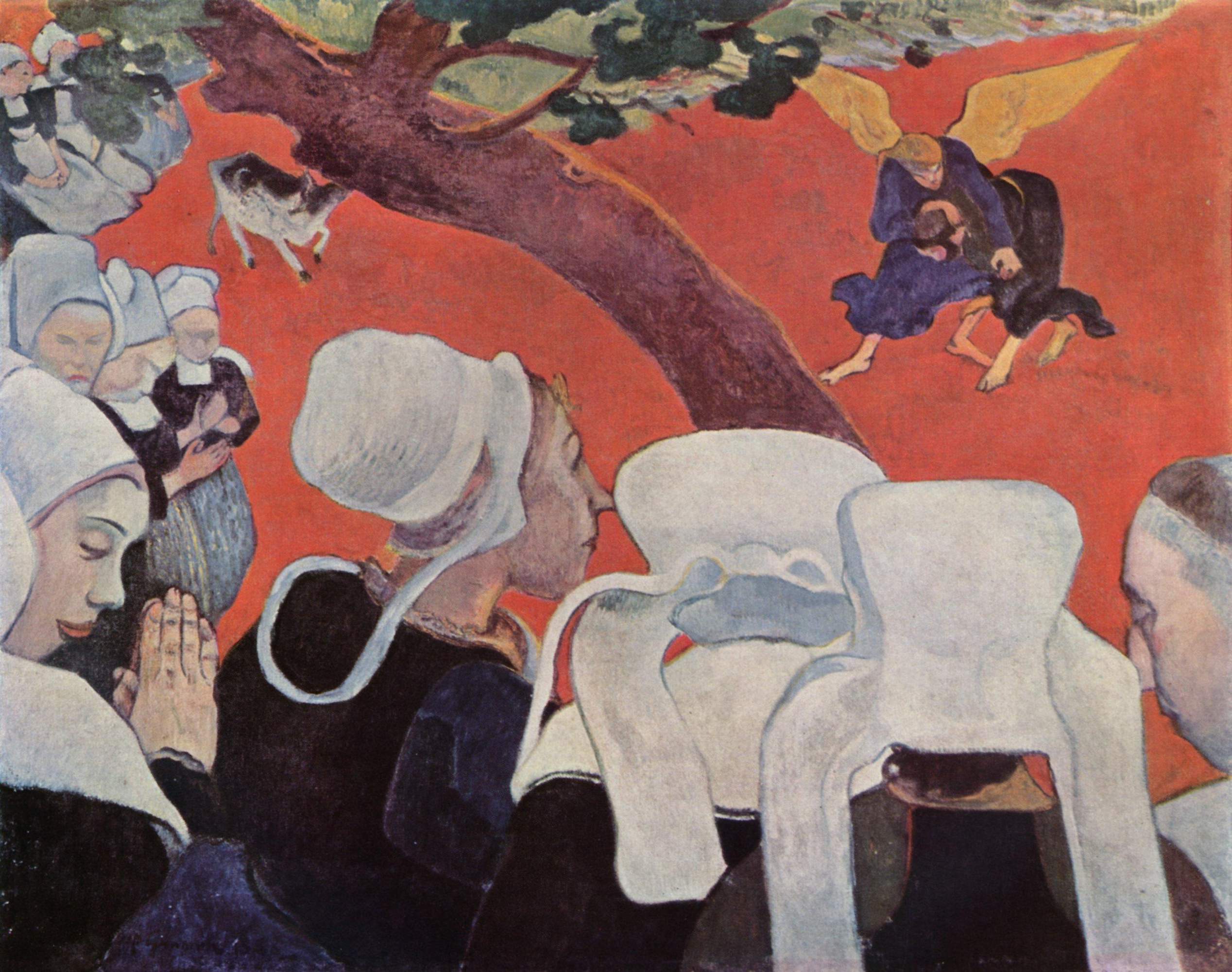
Gauguin’s artistic contributions and unconventional approach influenced a generation of artists, including the Symbolists and the Fauvists. His rejection of Western artistic conventions and his exploration of spiritual themes and symbolism laid the groundwork for the avant-garde movements of the 20th century.
Gauguin’s artworks can be found in prestigious museums and galleries around the world. The Musée d’Orsay in Paris houses an extensive collection of his works, including paintings from his Tahitian period. The Gauguin Museum in Tahiti offers a unique opportunity to explore his connection to the region and witness the landscapes that inspired his art.
Paul Gauguin spent his final years in the Marquesas Islands, where he continued to produce remarkable artworks. He passed away on May 8, 1903, in Atuona, Hiva Oa, in the South Pacific. Despite facing hardships and personal challenges, his artistic legacy lives on, inspiring generations of artists to explore new realms of creativity and push the boundaries of expression.
Paul Gauguin’s artistic journey took him on a quest for beauty, spirituality, and the exotic. Through his vivid use of color, innovative techniques, and exploration of distant lands, he left an indelible mark on the art world. Gauguin’s artworks continue to captivate viewers with their emotional depth and symbolic narratives, inviting us to explore new realms of imagination and connection with the world around us.
If you would like to receive a roundup of all of our blog posts once a week to keep you inspired in your inbox, why not sign up to our newsletter. You can access our sign up at the top of our page. If you are a London Art College student and you would like your artwork featured here, drop us a line at any time.

